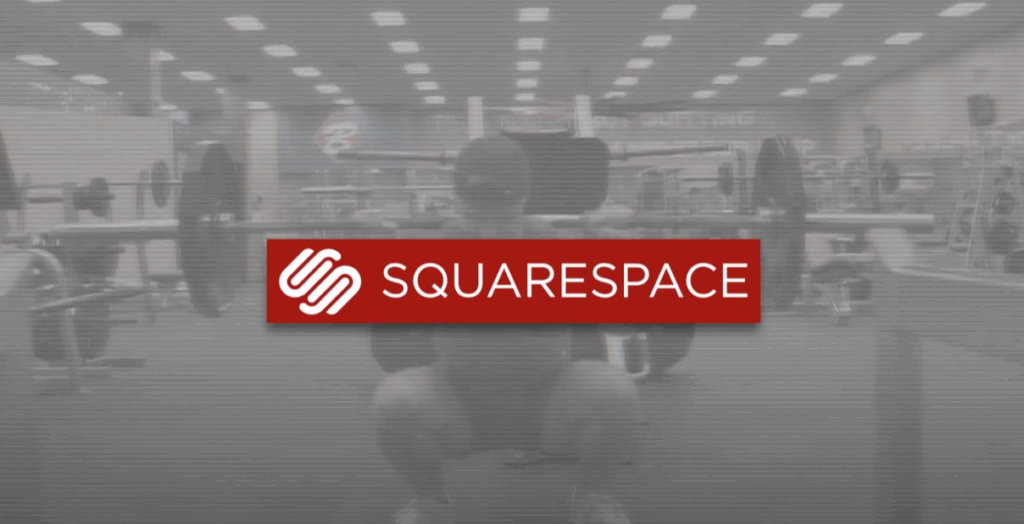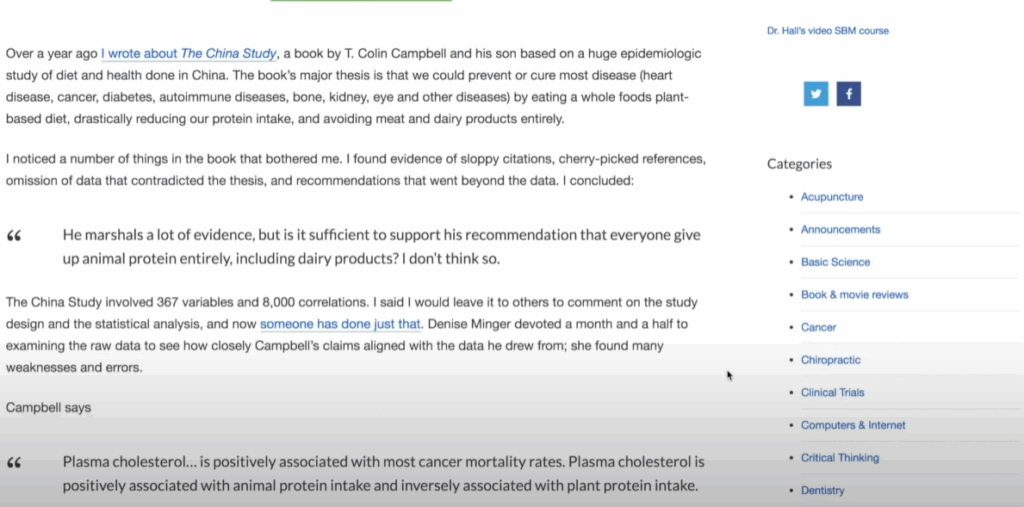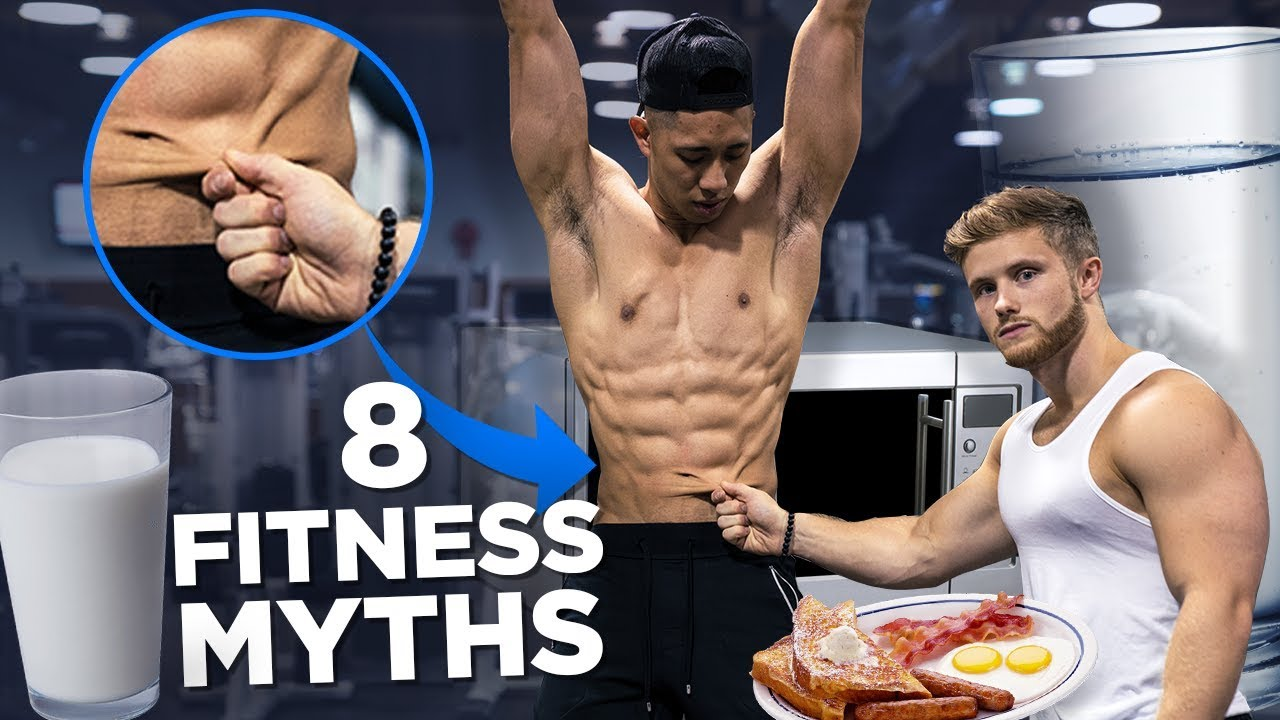Navigating the world of fitness and nutrition can feel overwhelming with so much conflicting information. From breakfast routines to body types and detox diets, many popular beliefs persist despite being outdated or unsupported by science. As a fitness coach and nutrition specialist with over 20 years of hands-on experience in bodybuilding, weight management, and evidence-based programming, I’ve seen countless myths come and go. Here are 10 common fitness misconceptions—debunked and clarified with science-backed reasoning.
1. Myth: Breakfast Is Essential for Jumpstarting Your Metabolism
Contrary to conventional advice, skipping breakfast does not ruin your metabolism. Studies show resting metabolic rate remains unaffected whether you eat breakfast or not. While breakfast eaters may burn slightly more calories through increased activity, they also tend to consume more calories overall. The key takeaway? Eat breakfast if it suits your appetite and lifestyle, but don’t force it. Prioritize a high-protein first meal—whether it’s at 7 a.m. or noon.

2. Myth: You Can Spot-Reduce Fat From Specific Areas
The idea that training certain muscles burns fat in that exact location—like doing crunches for belly fat—is largely unfounded. While early studies found no measurable differences in localized fat loss, one newer study did suggest training a specific region, combined with low-intensity cardio, might promote targeted fat oxidation. However, the data is limited and not definitive. For now, focus on total body fat reduction through diet and consistent training.
3. Myth: Boiling Vegetables Destroys All Nutrients
While boiling can reduce water-soluble vitamins like vitamin C, the best cooking method depends on the food. Steaming generally preserves nutrients better than boiling, but microwaving is also a viable and nutrient-friendly method. Instead of obsessing over technique, focus on variety—eat a mix of raw and cooked vegetables using diverse preparation methods.
4. Myth: Everyone Needs 8 Glasses of Water Per Day
Hydration needs are individual. Factors like body size, activity level, and climate heavily influence how much water you need. Thirst is a surprisingly reliable indicator for most healthy individuals. Also, beverages like coffee and tea contribute to hydration. The best indicator? Clear or light yellow urine and urinating about five times a day.
5. Myth: Dairy Is Bad for Your Health
Despite controversy, large-scale reviews involving hundreds of thousands of participants have shown no strong link between milk or dairy intake and mortality, heart disease, or other major health risks. While some criticisms stem from industry-funded research, independent studies confirm similar results. Unless you’re lactose intolerant or ethically opposed, dairy can be a nutrient-dense addition to your diet.
6. Myth: Your Body Type Dictates Your Fitness Potential
Classifying yourself as an ectomorph, mesomorph, or endomorph may sound helpful, but it’s largely pseudoscientific. These terms originated from outdated psychological profiling and don’t offer much utility today. Bone structure and genetics play a role, but your ability to gain muscle, lose fat, or change your physique comes down to training, nutrition, and consistency—not body typing.

7. Myth: Detox Diets Help Eliminate Toxins and Accelerate Fat Loss
Your liver and kidneys already do a superb job detoxifying your body. Most detox diets are little more than calorie-starved regimens with flashy marketing. While they may lead to rapid weight loss (mostly water and glycogen), they’re unsustainable and can be dangerous. Instead, support your body’s natural detox systems with adequate hydration, whole foods, fiber, and sufficient protein.
8. Myth: Mind-Muscle Connection Doesn’t Matter
New research shows that focusing your attention on the target muscle during exercise—especially isolation moves like bicep curls—can enhance hypertrophy. For compound lifts, it’s best to focus on execution and technique. Use the mind-muscle connection selectively, particularly during higher-rep isolation work.
9. Myth: Microwave Cooking is Unsafe and Destroys Nutrients
Microwaving is not only safe, it often retains more nutrients than boiling because it uses less water and shorter cooking times. The fear surrounding microwave radiation is unfounded—it’s non-ionizing and does not pose cancer risks. Don’t hesitate to use it for convenient, healthy cooking.
10. Myth: Drinking More Water Significantly Boosts Metabolism
While being well-hydrated supports overall bodily functions, simply drinking excess water won’t magically accelerate fat loss. The thermogenic effect of water is minimal. However, drinking water can help control appetite and reduce unnecessary snacking, indirectly aiding weight loss efforts.

Final Thoughts
Don’t let outdated ideas derail your progress. Fitness and nutrition success isn’t about following fads—it’s about applying consistent, evidence-based practices. Keep questioning what you hear, stay informed, and tailor your habits to your unique goals and body. The truth may not always be flashy, but it always works.
Ready to cut through the noise and build a science-backed fitness lifestyle? Let these myth-busting facts guide your journey.



